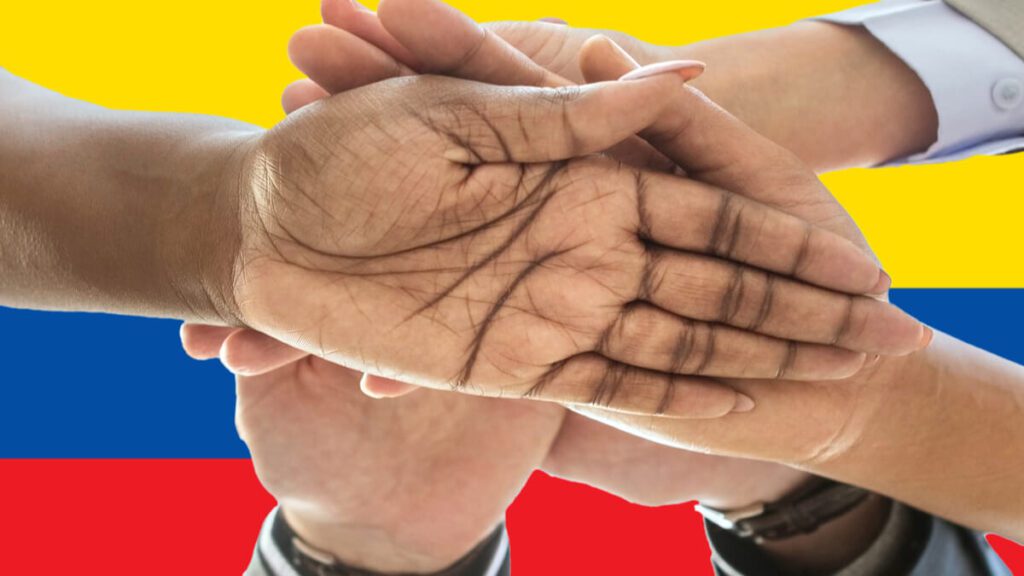
Refugee community networks are aiding in detecting COVID-19 cases in Ecuador, as part of the initiative by the Community Epidemiological Surveillance System (CESS) that is developed and implemented by the UNHCR, the dedicated UN Refugee Agency.
The implemented system ensures that early detection and proper referral for treatment of COVID-19 in Ecuador amongst the country’s refugee population. Since its launch almost a month ago, the system has successfully detected 250 suspected cases of COVID-19 in Ecuador and they have been referred to the proper national health authorities.
Even though Ecuador grants access to public health services to everyone, regardless of their nationality or residency status, the access is not always direct in practice. Some refugees may be hosted in remote and isolated parts of the country with limited services while other refugees might lack the proper awareness of their rights or might fear getting fined for their irregular status.
The innovative community health referral strategy being used to combat COVID-19 in Ecuador relies mainly on UNHCR’s pre-existing humanitarian and refugee community networks to aid in identifying COVID-19 cases within refugee and migrant communities.
The network comprises civil society and community organizations that complement the government’s current Epidemiological Surveillance System and can better reach out to refugees and migrants that tend to move throughout the country.
Six nationwide migrant and refugee-led community organizations have been trained by the UNHCR to conduct epidemiological surveillance and detect COVID-19 in Ecuador.
With the use of telephone hotlines, home visits, and the delivery of humanitarian assistance, the UNHCR staff alongside 50 other humanitarian and community-based organizations all help in monitoring and identifying possible COVID-19 cases in Equador among migrant and refugee populations and their corresponding local host communities.
After suspected cases are properly identified by the community network focal point, the information is then logged to an online private database, and an alert is sent to the appropriate public health services that follow up with the case and also give clinical treatment and advice.